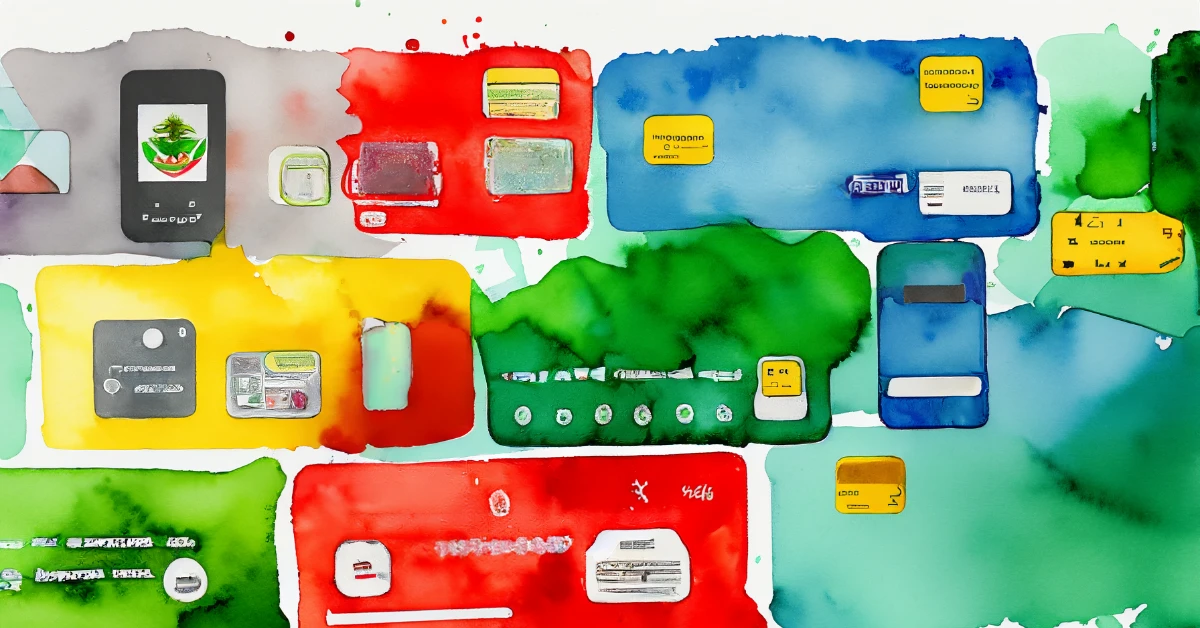Key Considerations for Selecting a Global Payment Orchestration Platform
Introduction Businesses continue to expand their horizons beyond borders. The need for an efficient, flexible, and scalable payment system to...
3 min read
 Jeff Katz
:
Oct 17, 2023 7:11:00 AM
Jeff Katz
:
Oct 17, 2023 7:11:00 AM

When it comes to e-commerce, maximizing opportunities in the global market is pivotal to business growth. However, one hindrance often encountered by businesses is the challenge of cross-border transaction authorization rates. This can cost companies a minimum of 20% of transactions, effectively limiting them to just 80% of their total market potential.
Instead of wrestling with this limitation, businesses can pivot towards alternative payment methods, a change that not only enhances operational efficiency but also fosters a closer connection with customers in diverse global markets.
Alternative payment methods (APMs) are systems of paying for goods or services that are not the traditional method of cash or credit cards. These alternative systems are typically well-recognized by local customers, offering them a level of comfort and trust with their transactions. By adopting these payment methods, businesses can quickly and effortlessly distinguish themselves from competitors, showcasing a deep understanding of the local market and possibly even facilitating entry into new markets.
The adoption of local payment methods is an insightful strategy that exhibits companies' willingness to adjust to their customers' preferences. By integrating these familiar payment methods, companies can enhance brand loyalty, boost transaction success rates, and significantly increase conversion rates in diverse global markets. Here, we delve into some region-specific examples of how alternative payment methods have driven authorization and conversion rate improvements on each continent.
In Asia, China offers a stellar example with Alipay, a mobile payment app that dominates the market. Alipay has been a game-changer in the Chinese e-commerce landscape, boasting billions of active users. Businesses that integrated Alipay saw improvements in authorization rates by up to 40%, and a similar uplift in conversion rates due to the familiarity and ease of use the system provides for Chinese customers.
In Europe, particularly the Netherlands, the online banking system iDEAL is widely utilized. It offers direct online transfers from a customer's bank account and is widely recognized as one of the safest and most convenient payment methods. Companies that incorporated iDEAL into their payment options witnessed an increase in their authorization rates by around 30% and an increase in conversion rates due to the high level of trust Dutch consumers have in iDEAL.
North America is home to various alternative payment methods, but Venmo stands out here in the US. Venmo is a mobile payment service owned by PayPal. It allows for quick and easy transfers between users. U.S. businesses that incorporated Venmo saw a 35% increase in authorization rates and similar gains in conversion rates due to the high level of user engagement and the wide user base.
For South America, the focus turns to Brazil's Boleto Bancário, a regulated system that allows customers to pay in cash or via online banking. Companies that introduced Boleto Bancário experienced a significant improvement in authorization rates by 50% and a substantial uplift in conversion rates, as Brazilians appreciate the flexibility and security of this payment method.
Africa's shining example comes from Kenya with M-Pesa, a mobile payment service widely embraced in-market due to its simplicity and accessibility. Businesses that integrated M-Pesa saw a 45% increase in authorization rates and similar gains in conversion rates as it caters to the largely unbanked population in the country.
Lastly, in Australia, Afterpay has proven to be a preferred alternative payment method. Afterpay is a 'buy now, pay later' service that allows customers to split their purchases into four equal installments, paid over six weeks. Companies using Afterpay saw a rise in authorization rates by about 25% and a substantial increase in conversion rates due to the popularity and convenience of this payment option. A different type of APM, also delivering substantially improved results.
These regional examples highlight the significance of adopting APMs. In addition to enhancing authorization and conversion rates, they, perhaps more equally importantly, create stronger relationships between sellers and customers in diverse markets worldwide.
Each market is unique and so are its preferred payment methods. With the multitude of payment methods worldwide, companies might struggle to integrate and manage these systems manually. This is where the concept of a payment orchestration platform comes into play.
A payment orchestration platform allows businesses to manage various payment methods and providers through a single platform. This powerful tool enables companies to tailor their payment options to specific markets, improving customer satisfaction and increasing transaction success rates.
For example, if a business aims to penetrate the German market, the platform can quickly adapt to offer SOFORT, a popular bank transfer method in Germany. If the focus shifts to the Brazilian market, it can easily switch to Boleto Bancário, a regulated system in Brazil. This flexibility not only ensures an efficient payment system but also demonstrates a company's commitment to understanding and meeting the unique needs of its customers.
The potential for businesses to grow by leveraging alternative payment methods is immense and accessible. The ability to adapt to various market needs using a payment orchestration platform is right at every company's fingertips, only awaiting recognition and utilization.
Navigating the global market can indeed be complex. Still, with a willingness to adapt, understand and incorporate the right payment methods for the right markets, companies can tap into their full market potential. In doing so, businesses do not only serve their customers more effectively but also cement their foothold in the global market, fostering a closer connection with customers and driving business growth.
The rise of alternative payment methods represents an exciting shift in the world of e-commerce. By acknowledging and adapting to this shift, you can strengthen their customer relationships, explore new markets, and ultimately, gain a competitive advantage.
All you need is to take the first step towards this transformation – reach out, learn, and seize the opportunity.
You can start your APM journey with our Complete Guide to Alternative Payments or schedule a briefing to learn more.

Introduction Businesses continue to expand their horizons beyond borders. The need for an efficient, flexible, and scalable payment system to...

We're often asked what payment and payout methods are most preferred in a particular market. As we're focusing on Mexico this week, this is a perfect...

The world of ecommerce is experiencing a paradigm shift. Alternative payment methods (APMs) are squarely in the spotlight, both for payments and...